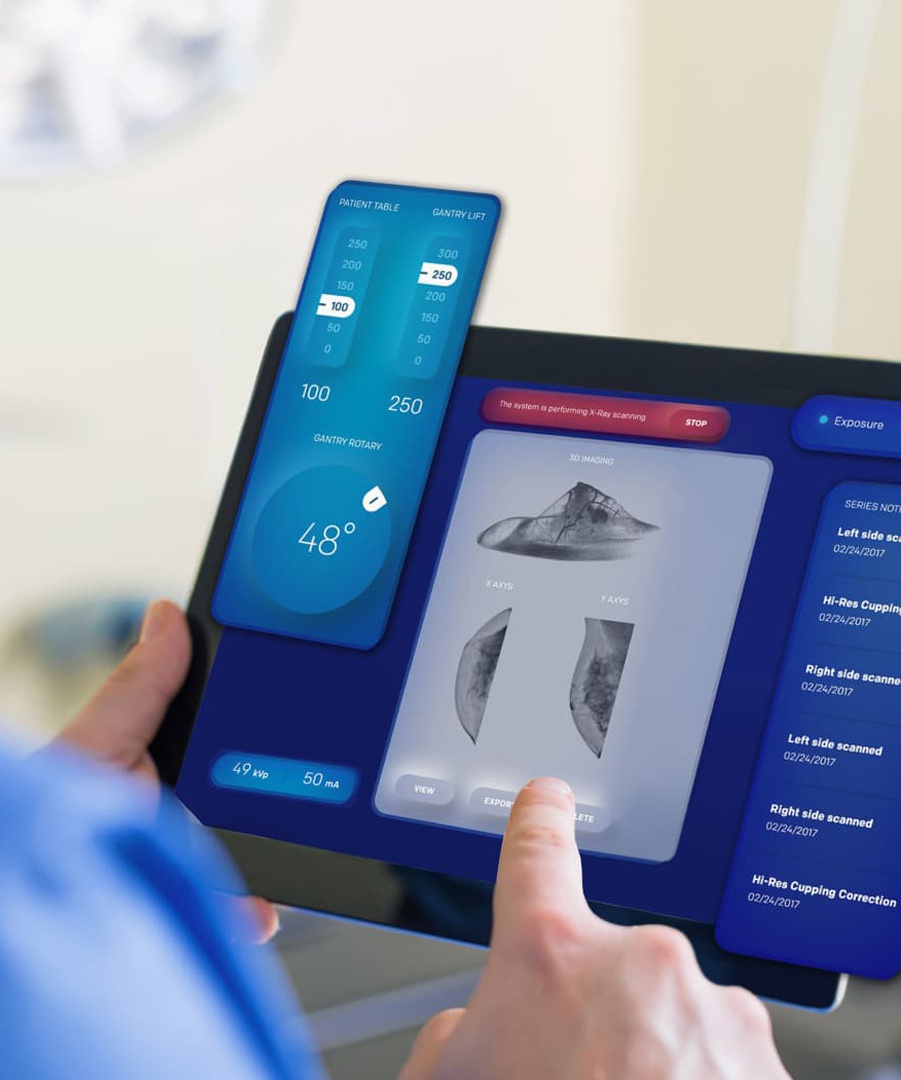


The thoracolumbar posterior fixation system is a device used to stabilize and fix the spine through a posterior approach for treating thoracolumbar disorders.
Item No :
GOHE055MOQ :
10 PiecesClassification :
Class IIIColor :
No ColorOrigin :
Xiamen, ChinaPayment :
T/T 50% and balance before shipmentLead Time :
Depends on the order circumstancesThoracolumbar Posterior Fixation System for Spinal Fracture Treatment
The thoracolumbar posterior fixation system is mainly used for stabilization surgeries of the thoracic and lumbar spine in cases of trauma, degeneration, deformities, tumors, tuberculosis, and other conditions.
Titanium Spinal Mesh Cage Features:
1. Locking Technology: The screw seat adopts negative thread locking technology, effectively reducing the risk of wall breakage, while increasing the grip on the rod and reducing the likelihood of rod sliding;
2. Low-notch Design: The low-notch design of the screw seat reduces interference with surrounding tissues, lowering the risk of postoperative pain;
3. Adapted for Pediatric Patients: The adjustable spinal connector block designed for pediatric scoliosis provides both single-side single-rod and double-side double-rod systems;
4. Type I and Type II Screws: Type I Screws feature a dual-thread design, suitable for different bone characteristics of the pedicle and vertebral body, improving pull-out strength by 51%. Type II Screws feature a dual-line gradient thread design, increasing the gripping strength and load-bearing capacity, with faster screw implantation speed;
5. Monoplanar and Monomulti-axis Hybrid Screws: The design of monoplanar and monomulti-axis hybrid screws increases the flexibility and convenience of spinal deformity correction surgery;
6. Removable Screws: The removable screw design simplifies spinal lumbar fusion surgery and shortens the surgery time;
7. Hollow and Expanding Screws: The hollow and expanding screw design enhances the grip on bone, making it suitable for osteoporotic patients, cases where repeated screw placement causes enlargement of the screw hole, and spinal revision surgeries;
8. Minimally Invasive Screw System: The minimally invasive channel system features lateral and head-tail opening functions, equipped with a light source system, and is applicable for establishing channels in both single-segment and multi-segment cases. The minimally invasive rod system supports vertebral body rotation correction, single-segment distraction, and multi-segment compression and spreading functions.
Contraindications for Spinal Mesh:
- Patients with active systemic infections, pregnancy, metabolic disorders, severe osteoporosis;
- Local infections at the implantation site;
- Abnormal hypertrophy;
- Drug abuse, mental illness, systemic neurological disorders, immune suppression disorders;
- Allergy to metals;
- Patients unwilling to restrict activity or non-compliant with medical advice.